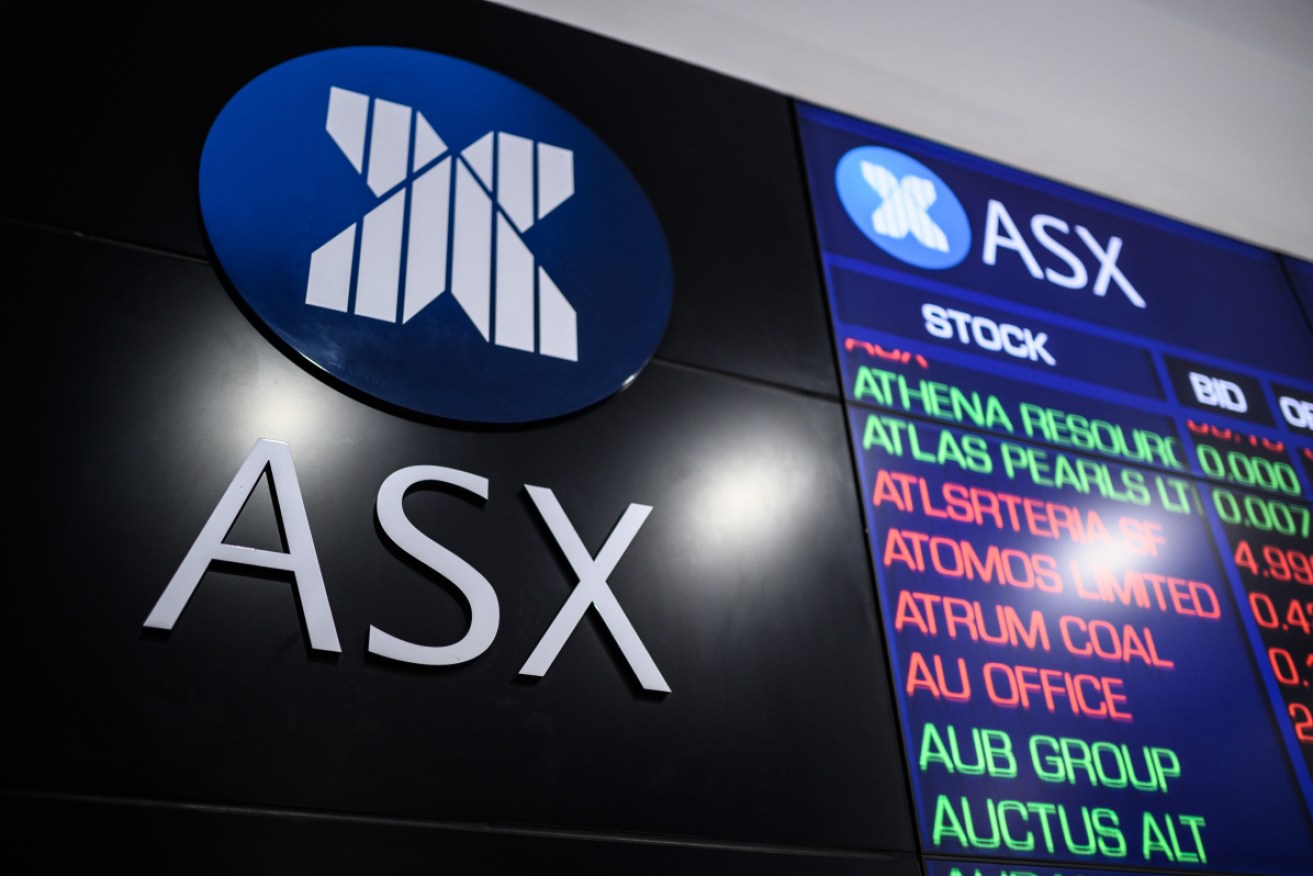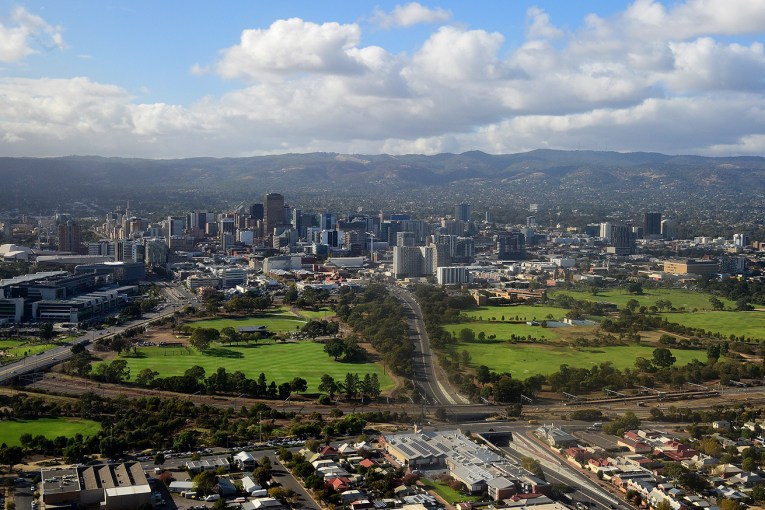Australian shares jump to highest level in two weeks – but will it last?


The first day of the second quarter was positive for the ASX. Photo: AAP
The Australian sharemarket has jumped to its highest level in two weeks, but analysts say it’s too early to tell whether the worst of the falls are now behind us.
The benchmark S&P/ASX200 jumped 3.6 per cent on Wednesday despite Wall Street the night before recording a 1.6 per cent fall in response to the continued spread of COVID-19.
Oil and gas companies Oil Search and Santos were some of the best performers on the local bourse, recording gains of 12.6 per cent and 9.7 per cent respectively.
And shopping centre owner Scentre Group gained 12.5 per cent after announcing it had obtained a two-year unsecured bank loan.
The sizeable gains came after the ASX dropped 24 per cent over the first three months of the year – shedding almost $500 billion in value to finish the March quarter with a market capitalisation of $1.56 trillion.
‘Brutal’ sell off
After initially shrugging off fears that the virus would bring the global economy to a standstill, the ASX suffered some of its biggest falls in history at the end of February and beginning of March.
The market eventually plunged more than 30 per cent from its peak on February 20 in what was described as an “absolutely brutal” sell off.
The initial round of global stimulus failed to soothe the concerns of investors worried about collapsing demand and corporate insolvency.
But since then, governments and central banks around the world have thrown the kitchen sink at the problem – and there are now tentative signs the worst of the falls may have passed.
AMP Capital Australian Equities portfolio manager Dermot Ryan said the massive falls of two weeks ago were caused by markets scrambling to price in the economic impact of the coronavirus ahead of a societal lockdown.
But now that such restrictions have been enforced in Australia, and investors have a clearer idea of the economic upheaval awaiting us, markets are now pricing in the future impact of the “unprecedented” rescue packages announced by global policymakers.
“We’ve seen a bounce since last week and that bounce has mainly come from the large amount of stimulus that’s been put into both the household sector and the corporate sector through the banks,” Mr Ryan said.
Well received stimulus
On the domestic front, the Reserve Bank slashed interest rates to 0.25 per cent, started a form of quantitative easing, and set up a $90 billion fund for banks to on-lend cheap credit to struggling SMEs.
The federal government then followed this up with two further stimulus packages that took total public spending in Australia to roughly $200 billion.
And, in the United States, the Federal Reserve pledged to buy an unlimited number of government bonds and President Donald Trump announced a rescue package worth US$2.2 trillion ($3.6 trillion).
Mr Ryan said the stimulus measures have been well received by global sharemarkets.
But he told The New Daily it was difficult to say whether the market had reached an absolute bottom, as trying to call that was like “trying to find a unicorn”.
“It was very encouraging to get to that bottom that we saw last week and we think that’s the end of the stage one part, which is the markets trying to work out if all the countries have to go into lockdown,” Mr Ryan said.
Tweet from @CommSec
“The bounce we’ve seen is because we’ve reached valuations where people are happy to buy some stocks. But it’s very difficult to pick an absolute bottom as a professional investor or as a retail investor.
“The questions from here are: How long is the lockdown? Can we get the spread under control here and abroad? And what does it do to demand and supply?”
Because the market had just suffered falls “as bad as anything we had seen in the GFC or 1987 crash,” Mr Ryan said savvy investors were now buying into companies with strong balance sheets and otherwise good earnings, as shares were much cheaper and the economic shock would likely be short-lived.
He noted that essential service stocks could do well – think supermarkets, infrastructure, packaging, hospitals and aged care – as well as telecommunications and service providers, and export stocks such as energy, mining and wine due to the weak Australian dollar.
Tweet from @paul_dobson
Where to next?
Rob Holder, asset allocation and portfolio analyst with Crestone Wealth, told The New Daily credit spreads – or the difference in yield between government and corporate bonds – had narrowed since ballooning after the massive sharemarket falls.
This suggests that investors are feeling more confident about the economy as more of them are willing to buy riskier corporate bonds.
But Mr Holder said it remains to be seen whether the lows of 7-10 days ago represent the absolute bottom of the market – with the potential for more turbulence ahead.
The massive amount of stimulus has boosted share prices and reassured investors that policymakers will do whatever it takes to prevent a financial meltdown, he said.
But uncertainty abounds and the worst economic data is yet to come.
Mr Holder said the major dataset guiding share prices going forward was the spread of the virus, with investors closely watching each countries’ infection curves.
“The big one is the spread of the virus, because that’s obviously the underlying cause of everything that’s going on now, but then the next question is, how bad are things already? Because that’s still a little bit of an unknown,” Mr Holder said.
“So I think as we see the data and earnings come through over the next month or so, we’ll start to get an idea of where some of the estimates are – whether they are way out of line or pretty much spot on.”










